Mary O’Malley wanted to change the world. In 1947 she came up from the South of Ireland to live in a place which badly needed changing – the Unionist-dominated statelet of Northern Ireland. She wanted to transform her Belfast world, politically and culturally.
She served for three years in the early 1950s as an Irish Labour councillor on the Belfast Corporation. She had encountered desperate deprivation in the ramshackle homes of her constituents in Smithfield and, as a socialist, laboured hard to alleviate it. But she found the Unionist monolith too hard to crack at that moment. So Mary tried another tack: she directed her considerable energy to asserting her own culture, in her own theatre – trying to add a wider, Irish dimension to theatre-going in Belfast.
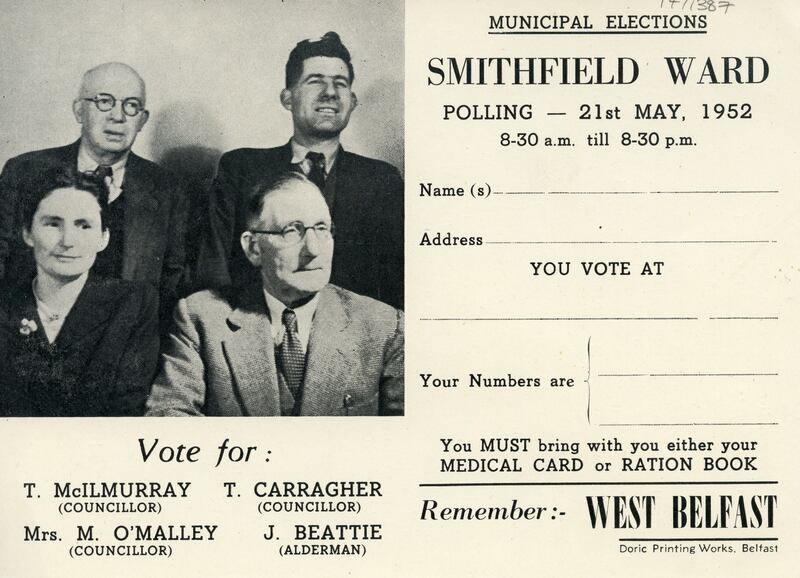
In 1951 she had begun to put on verse dramas in the bay window of the front room of her Belfast home; in 1952 she moved to a bigger suburban house with a stable block at the back. There, in Derryvolgie Avenue, she made a theatre out of a room above the stable where she created a fine company of actors, turned distinguished Ulster artists into set designers, found a choreographer and a composer and put on 140 plays in seventeen years.
The Studio, as her theatre was sometimes called was divided by folding doors, which were soon removed to make a stage that was deeper than it was wide – twelve by ten feet – and an auditorium. The audience sat in the larger of the two rooms where there was just about enough space for fifty seats.
READ MORE
Mary, being Mary, made her first production an ambitious one: Icaro, an Italian play she had helped to put on some years ago with the New Theatre in Dublin. She managed to move no fewer than twenty-two players around her tiny stage. She and her children’s nurse had made the scenery; her mother had helped with the costumes. The production involved ‘all the arts – music, dance, setting and costume’. The cast included many who had already stepped out on the Ulsterville bay window stage and some new names, including the precociously talented Norman Stevenson, who was still at school.

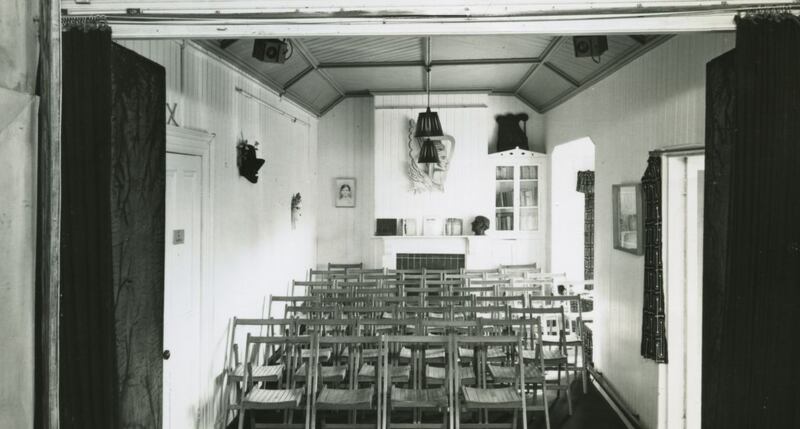
The press was invited to this first venture in her new playhouse and was complimentary about this ‘unusual play in an unusual city theatre’. One paper said ‘those ... privileged to see last night’s production must have felt grateful to these performers who call themselves the Lyric Players’. This initial outing convinced Mary that her stable could become a professional theatre even though it meant, for now, a weekend home invasion as the audience walked in through a side door, along the front hall, up the stairs, through a corridor and then down some stairs to get to their seats. It’s worth noting that Icaro took place with the actors on the same level as the audience, although eventually a stage was built with two shallow steps leading up to it from the auditorium. There was a family feel to productions at Derryvolgie Avenue. After the play the public would gather for coffee – and sometimes even meals – in the O’Malley’s breakfast room and the actors would join them.
Until 1960 it was a wholly amateur operation, subsidized by the earnings of Mary’s husband, the psychiatrist Patrick Pearse O’Malley, who provided active, lifelong support for her projects. But Mary’s ambitions were grand – and after many years of purposeful work in her tiny theatre, The Lyric Players Theatre became a non-profit association. Neither Mary nor Pearse had any experience of managing a fully professional theatre. The task was made even harder by the fact that Mary was a nationalist in a Unionist city. She would run out of the room as fast as she could when the first note of ‘God Save the Queen’ started. She was a socialist, but potential audiences were much more likely to be conservative. She liked poetic dramas, but local taste was for realism and comedy. Compromise was needed. That was always difficult for Mary.
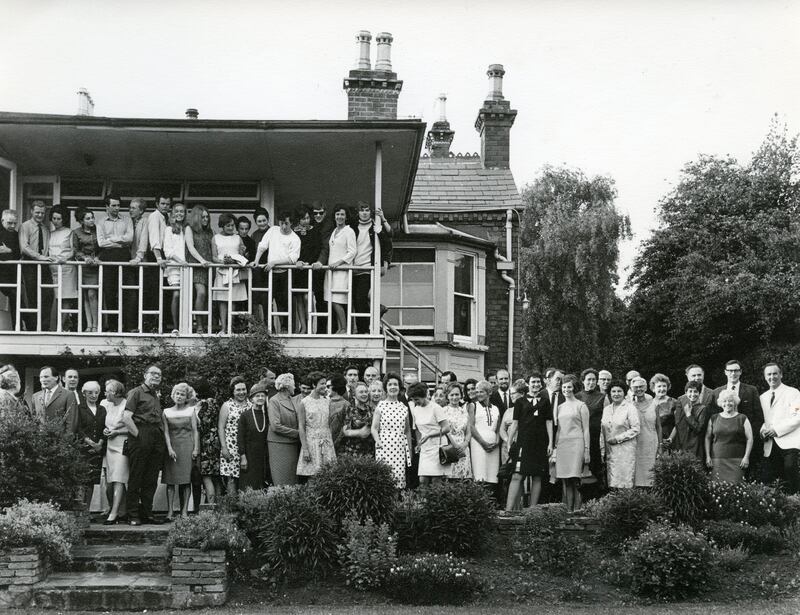
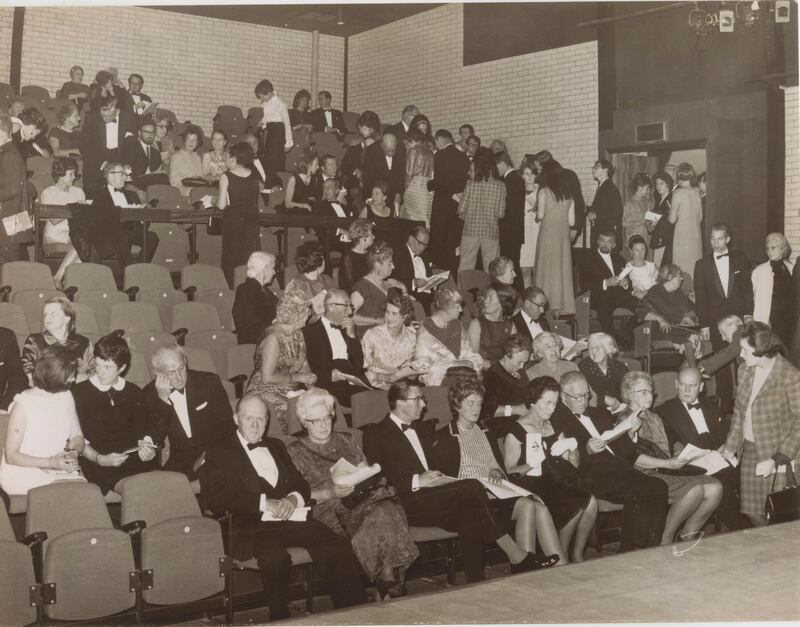
It took some time, but Mary’s fierce will eventually succeeded in getting support for creating a new theatre in Belfast – the Arts Council of Northern Ireland’s funding was crucial to this. Yeats’ Cuchulain cycle debuted the 300-seat Lyric Players Theatre that opened on Ridgeway Street in October 1968. It was maybe the worst possible time in the 20th century to open a theatre here. In a Belfast now torn apart by a sectarian chasm, her choice of play was closely scrutinised. Nevertheless, she and the Lyric made it through a suspected assassination attempt and an attempt to blow up the theatre with a 200lb bomb. Mary had courage and tenacity, which she needed as managing her theatre became more and more difficult, and The Arts Council maintained its unwavering support throughout.
From the start the violent uncertainty gripping Belfast, and indeed the whole of Ulster, created internal difficulties for the Lyric: in finance, administration and governance. Management came under unprecedented political scrutiny. Clear demonstrations of loyalty to the Northern Irish state, symbolized by the playing of the national anthem, took on an importance which they would not have had in more peaceful, less polarized times. Rioting and later bombing and shooting made the day-to-day management of the theatre harder: actors could not get to the playhouse on time when explosions closed off whole areas of the city; uncertainty affected advance bookings and an anxious public often preferred to stay safely at home. So, audiences became variable and sparse. Running any theatre at this moment in Belfast would have been difficult. But she and her players adapted and coped. As Linda Wray, one of Mary’s trusty actresses from the 1970s, told me:
Belfast in the ‘70s: six o’clock at night, everything stopped. People just barricaded themselves, there was nothing happening. Bars didn’t open. But the Lyric was the one constant thing ... and it was like a sort of beacon of hope, this little, unassuming building at the bottom of Ridgeway Street, it just stayed open.
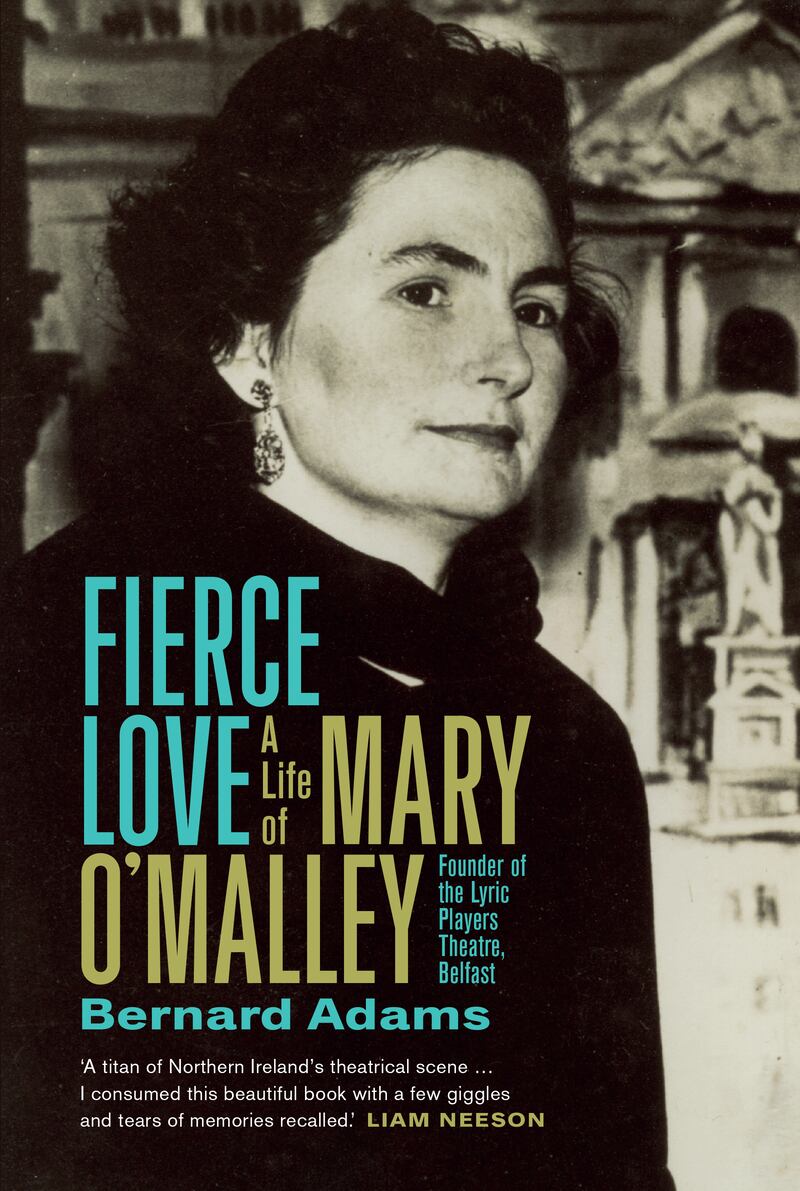
The theatre did much more than put on eight or ten plays a year. There were one-night events and performances of various kinds, just as used to happen in the Studio. Recitals by Davy Hammond, a ballad singer with a relaxed and amiable style, were regular events; he had been entertaining Lyric audiences since the 1950s. There was no reason for him to stop now. There were Gilbert and Sullivan evenings; harp recitals by Grainne Yeats; and John Molloy’s one-man show From Inniskeen to Baggot Street. Mary took every opportunity to lift the pervasive gloom. She even persuaded the Abbey Theatre to send players across the border to perform a play in Irish at the Lyric. They were apprehensive about coming, even more so when bombs went off nearby at Queen’s University, and even in Ridgeway Street itself. ‘Against this background the Abbey Players performed splendidly and did the Irish language proud. I think, however, that they were glad to get back to Dublin the next day’, Mary said.
It was Mary’s achievement to create, from the late 1960s, in the somewhat theatre-sceptical city of Belfast, a theatre – the Lyric, which now stands out proudly above the River Lagan, in its new, £11 million re-incarnation. It is delightful to imagine what Pearse and Mary would have made of the handsome, imaginative yet practical, new building.
Fierce Love: The Life of Mary O’Malley by Bernard Adams is published by Lilliput Press. It will be launched at the Lyric in Belfast this evening, Tuesday, September 13th.













